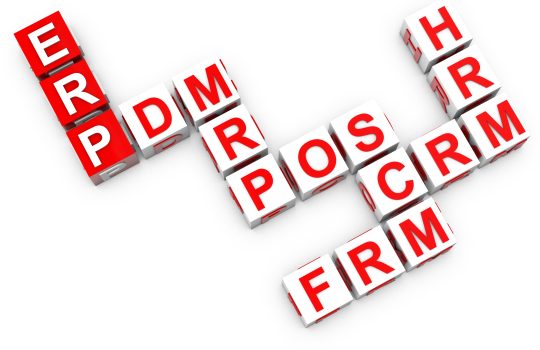Why I Hate Acronyms (WIHA)
What is it about the software industry and its obsession with acronyms? I’ve spent countless hours with clients crafting a perfectly clear product description – something as straightforward as “Agile System Software” – only for them to abbreviate it to ASS in their communications. Acronyms are a double-edged sword. They’re a convenient shorthand for complex and lengthy terms. Well-known ones like CRM, GDPR, JSON and ARR are certainly useful. However,…














